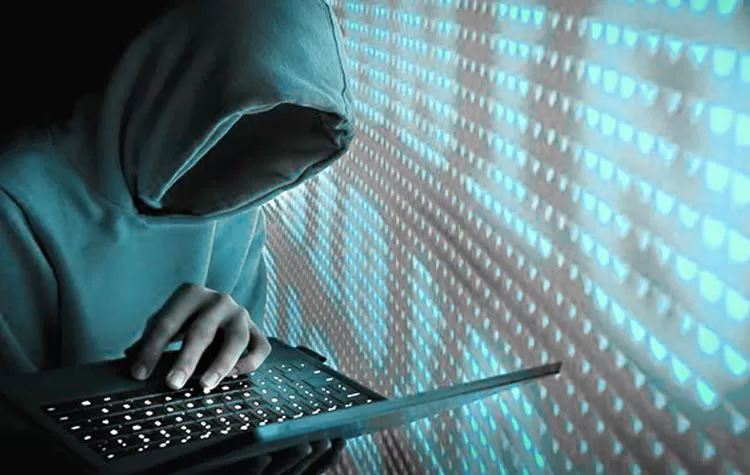
According to the India Cyber Threat Report 2025, released by the Data Security Council of India (DSCI) and SecWright, the use of artificial intelligence-enabled malware in cyberattacks is expected to increase manifold in the next year. The report throws light on both the threats and the possibilities of counter threats with advanced technology. Alarming enough, there were 11 cyberattacks per second in India during the last year.
The report shows that sectors, including healthcare, hospitality, and finance, have the most significant influence from cyber threats. The report expects that future attacks, in which AI-based malware fuels them, will penetrate private lives more, thereby having more cases of biometric data theft. The beneficiaries of the government are prone to falling victims of scams concerning fake applications and fake apps.
The report also warns of a spurt in financial crimes, which include large-scale fraud schemes against investors. To counter such threats, DSCI suggests that advanced technological solutions be embraced for more robust cybersecurity defenses.
Between October 2023 and September 2024, 36.9 crore malware attacks were recorded across 84 lakh endpoints in India. On average, this works out to:
The report also breaks down the industries most affected by malware attacks:
Malware was discovered behind one in every 40,436 frauds, while ransomware was behind one out of every 595 frauds.
The report discovered 5,842 hacktivist attacks over the past year. Hacktivist groups are known for targeting industries, government bodies, and individuals, and are increasingly posing a cross-border threat.
Ten major ransomware groups were identified, including:
These groups use the pilfered or blocked data to demand ransom in huge amounts and from both private and public domains.
Cloud sharing services have become the most sought-after by cybercriminals since they are highly utilized for data storage and sharing. Most exploited platforms include:
Conclusion
The India Cyber Threat Report 2025 gives a grim picture regarding the country's cybersecurity posture and underlines the pressing requirement for stronger technological measures in that regard. Cybercrooks will continue to use these vulnerabilities; thus, it is up to organisations and individuals to take necessary strong measures to reduce their risks and protect sensitive information.